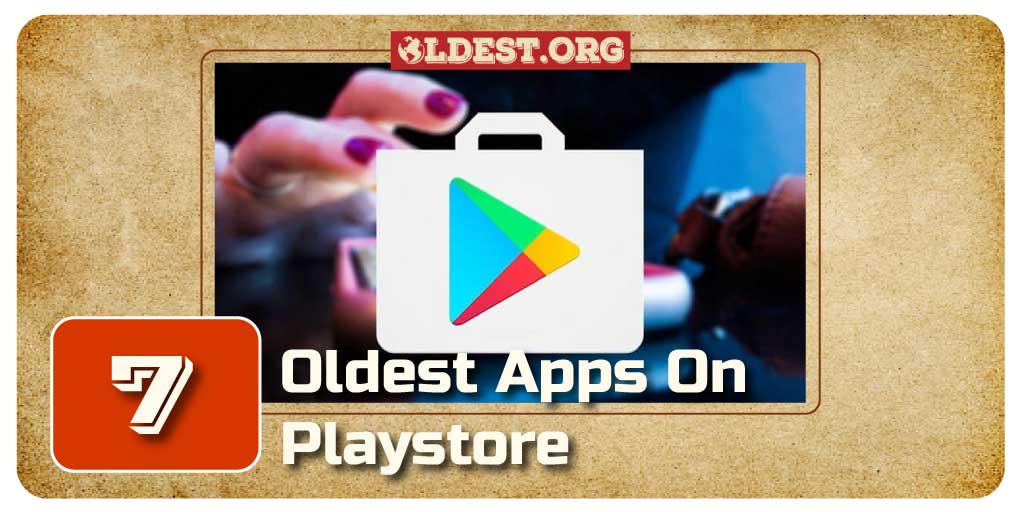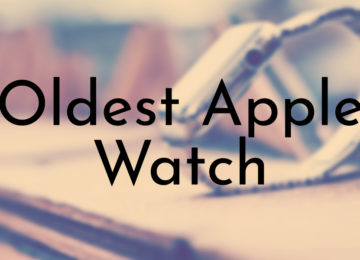In the fast-paced world of technology, where app stores are flooded daily with new creations, it’s intriguing to pause for a moment and delve into the archives. Google Play Store, the quintessential hub for Android apps, has a history dating back to its launch.
Let’s uncover the 7 oldest apps on playstore that are still in use and have upgraded on the Google Play Store.
Google Play Store
Date and Year: Born on October 22, 2008.
Creator: Developed by Google.
Still in Use: Yes, Google Play Store is the primary source for Android apps and content distribution.

It’s only fitting to begin our journey with the birthplace itself. The Google Play Store, previously known as the Android Market, debuted on October 22, 2008. Initially offering just a handful of apps, it has since evolved into a colossal marketplace with millions of apps catering to every need and desire.
Now, Let’s look at the list. Here are the most popular 7 oldest apps on Play Store.
7. Twitter
Date and Year: Debuted on March 11, 2011.
Creator: Founded by Jack Dorsey, Noah Glass, Biz Stone, and Evan Williams.
Still in Use: Indeed, Twitter is a prominent platform for real-time social networking.

Twitter, the platform revolutionizing how we communicate in 280 characters or less, found its way into the Android ecosystem on March 11, 2011. From trending topics to retweets, it all became accessible in the palm of your hand.
Did you know?
The use of hashtags (#) on Twitter to categorize and search for topics was not part of the original design. It was actually users who popularized this practice. The first tweet to ever use a hashtag was by Chris Messina in 2007.
6. Facebook
Date and Year: Entered on December 1, 2010.
Creator: Founded by Mark Zuckerberg, Andrew McCollum, Eduardo Saverin, Chris Hughes, and Dustin Moskovitz.
Still in Use: Yes, Facebook continues to be a major player in the world of social media.

The social media titan Facebook entered the Google Play Store on December 1, 2010. This move allowed Android users to carry their social connections with them wherever they went, shaping the way we connect and share.
Did you know?
The iconic “Like” button on Facebook was initially called the “Awesome” button. It was changed to “Like” before its official launch.
5. Skype
Date and Year: Made its mark on October 5, 2010.
Creator: Founded by Niklas Zennström and Janus Friis.
Still in Use: Absolutely, Skype remains a widely used video calling and communication tool.
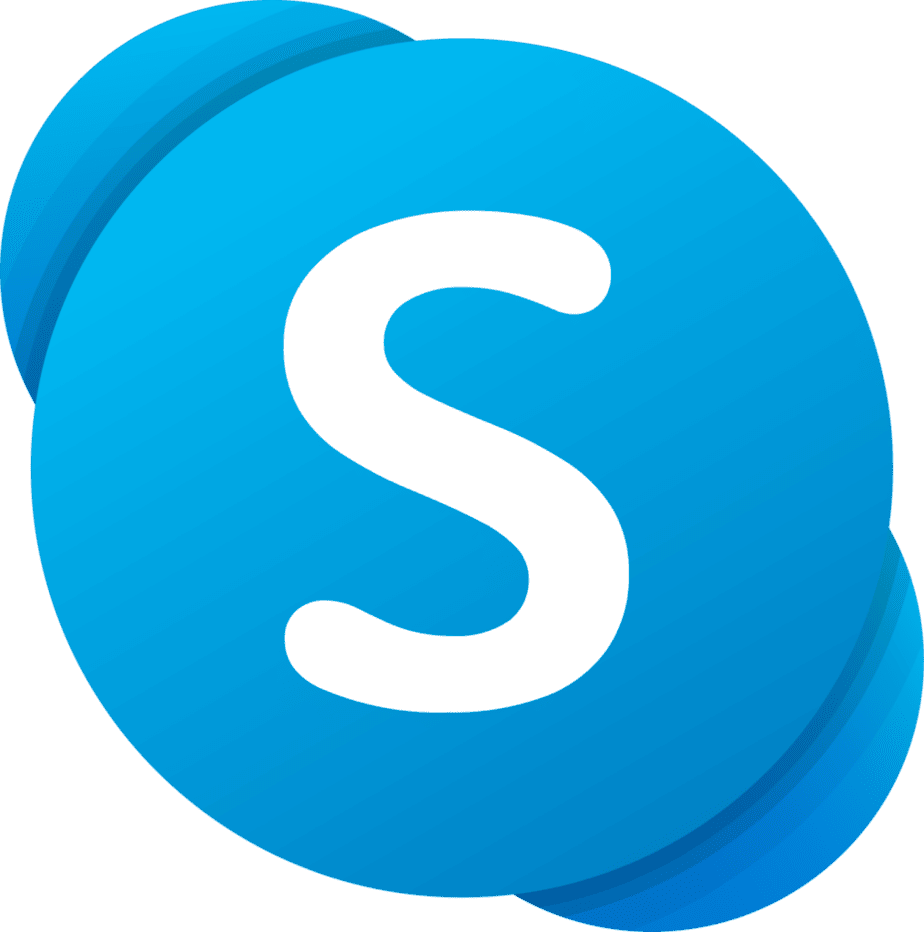
Skype, the pioneer of video calling, made its way to Android on October 5, 2010. This app transformed our smartphones into windows to the world, enabling face-to-face conversations with loved ones and colleagues, regardless of distance.
Did you know?
In 2012, Skype set a world record when 24,791 people from 162 countries participated in a group video call simultaneously. This call celebrated Skype’s 10th anniversary.
4. Angry Birds Classic
Date and Year: Flapped into existence on October 15, 2010.
Creator: Developed by Rovio Entertainment.
Still in Use: While newer versions have emerged, the classic Angry Birds game is still available for nostalgic players.
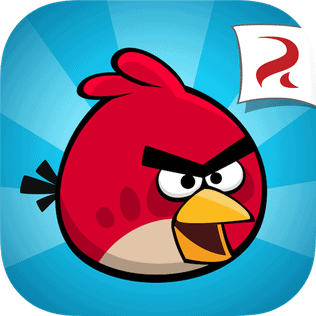
The iconic Angry Birds Classic, developed by Rovio Entertainment, took flight into the Play Store on October 15, 2010. This game of feisty birds seeking revenge on their porcine nemeses captured the hearts of millions worldwide, ushering in a new era of mobile gaming.
Did you know?
The success of the original game led to several spin-offs, including “Angry Birds Space,” which added a new dimension to the gameplay with realistic physics in a zero-gravity environment.
3. WhatsApp Messenger
Date and Year: Joined the party on August 7, 2010
Creator: Founded by Brian Acton and Jan Koum.
Still in Use: Yes, WhatsApp remains one of the most popular messaging apps worldwide.
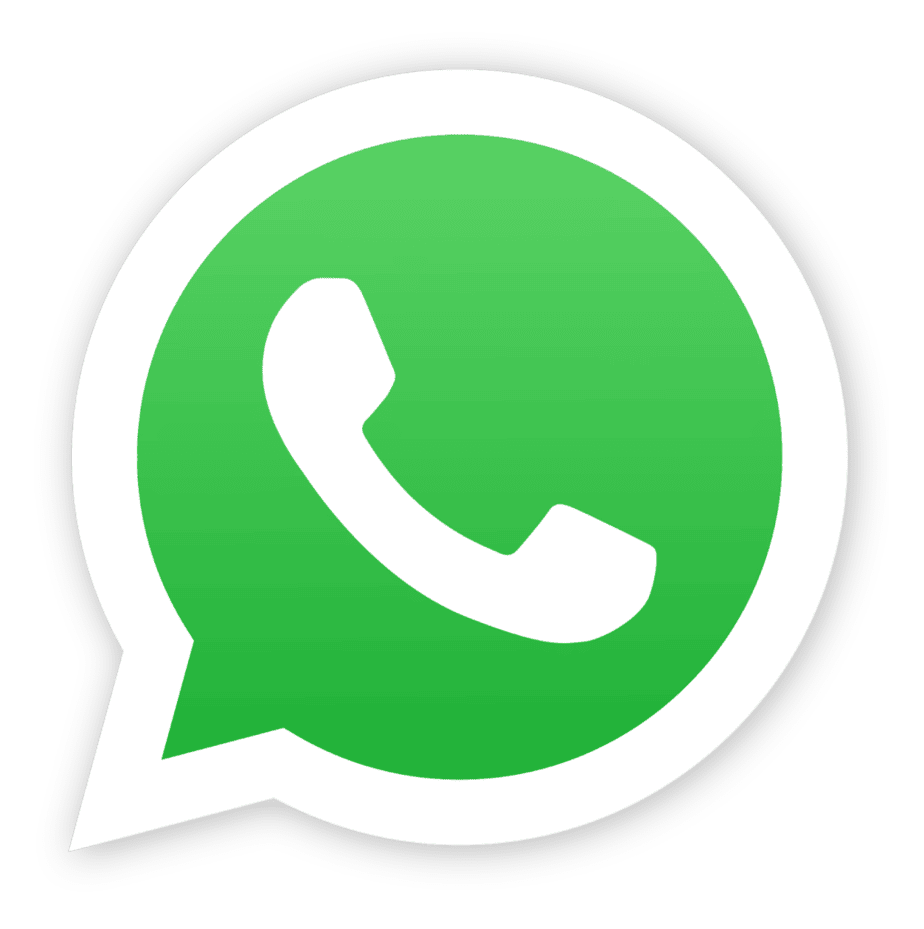
WhatsApp Messenger, the brainchild of two former Yahoo employees, entered the Play Store on August 7, 2010. Little did we know that this humble messaging app would become an integral part of our daily lives, connecting us with friends and family across the globe.
Did you know?
WhatsApp is used globally and supports over 60 languages. It’s particularly popular in countries like India, Brazil, and Indonesia.
2. YouTube
Date and Year: Emerged on May 23, 2010.
Creator: Founded by Steve Chen, Chad Hurley, and Jawed Karim.
Still in Use: Absolutely, YouTube is the leading video-sharing platform in the world.

In the realm of video-sharing, YouTube has been an unrivaled giant. It took its first steps into the Android world on May 23, 2010, allowing users to explore an ocean of videos from their mobile devices.
Did you know?
YouTube experienced rapid growth and popularity. In November 2006, Google acquired YouTube for $1.65 billion in stock, just 18 months after its launch.
1. Gmail
Date and Year: Launched on October 29, 2008.
Creator: Developed by Google.
Still in Use: Yes, Gmail remains one of the most widely used email services globally.

A mere week after the inception of the Play Store, Google introduced Gmail for Android on October 29, 2008. This marked a significant step in the mobile email landscape, bringing the power of Gmail to Android devices. This also makes it the most popular and one of the oldest apps on the Play Store.
Did you know?
Google has a tradition of playful April Fools’ Day pranks. In 2005, they announced “Gmail Paper,” claiming you could request hard copies of your emails. In 2008, they introduced “Custom Time,” allowing users to send emails from the past. These pranks are known for their creativity.
Final Thought
These 7 oldest apps on Play Store are still some of the most used apps around the world. While the digital world continues to progress, it’s crucial to appreciate the pioneers who laid the foundation for the apps we use today.
As we explore newer and more innovative applications, let’s not forget the classics that have shaped how we interact, work, and play in the modern era.


